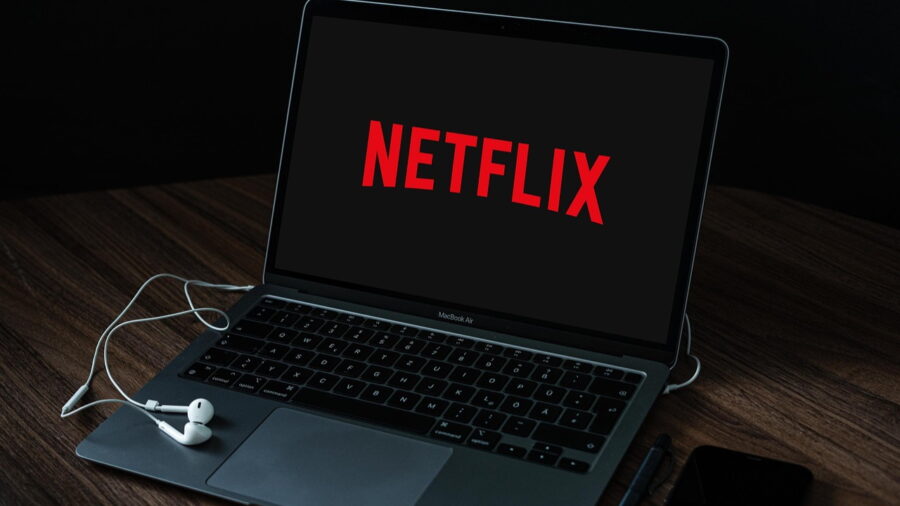Netflix Saved From Disaster?
Netflix announced a new all-time record high of subscribers, 10 years after it started producing original content, marking a turning point for the giant streamer.

The largest streaming service in the world has been, at multiple points during its tumultuous history, expected to fail. Given the current macroeconomic environment, the past year was a particularly hard one for Netflix, with rising inflation around the globe and frequent cancellations, the subscriber count was expected to decrease. Reporting from Variety on the company’s fourth-quarter 2022 earnings prove that somehow, someway, the streaming service has reached an all-time high of active subscribers.
Netflix ended Q3 with 223 million subscribers, which was a gain of 3 million over the previous quarter, and lead to the company expecting to end the year with 227.59 million paying customers. Instead, the streaming giant added 7.66 million new subscribers, bringing the overall count to an eye-popping 230.75 million. Year-over-year growth is at 4%, with 910,000 added in North America, 3.2 million in Europe and Africa, 1.76 million from Central and South America, and 1.8 million in Asia.
The shockingly good numbers could not have come at a better time for the company that analysts and fans of shows being allowed to end properly expected to face a significant loss of revenue. Netflix management credits the new ad-supported tier and the blockbuster success of Tim Burton’s Wednesday, starring Jenna Ortega, both of which launched during Q4. Wednesday is the latest in a long-line of Netflix originals, which the company’s management team cites as a successful program that will now start to wind down.
10 years ago, Kevin Spacey famously starred in the first Netflix original program, House of Cards, which was a major risk at the time for a streaming service. Since then, the company has spent millions, if not billions, to build up a library of original content, announcing that this quarter will see a drastic pullback in cash expenditure related to new content. Netflix now intends to retain a positive cash flow, focusing less on free-spending for original content and more on strategically supporting their pillars of content.

Part of this plan includes the long-awaited crackdown on password sharing among existing subscribers, which Netflix estimates is costing them 100 million subscribers a year. Paid sharing will be rolling out early this year, allowing users to pay a little extra, less than a full subscription, to share their account with people and devices outside of their household. Even if the new service, and restrictions, proves to be unpopular with existing subscribers, the sheer scale of the current userbase means that just a fraction using the paid sharing option will turn a profit.
While overall revenue for Q4 fell below the company’s expectations, it was still an increase of 1.9%, more than enough to prove naysayers and doubters wrong about Netflix’s future. With $332 million in cash on hand, the company expects to dramatically increase that amount this year, predicting $3 billion in cash by the end of 2023.
The impressive earnings report represents a turning point for Netflix, which once focused on new subscriber growth to the detriment of its own profits. The strategy as paid off, with the streaming service now reaching a point where it is simply too big to fall because of a weak year. No matter what its critics, and their are many of them, say about the company’s content or policies on original series, Netflix is not going anywhere, except to the moon.












